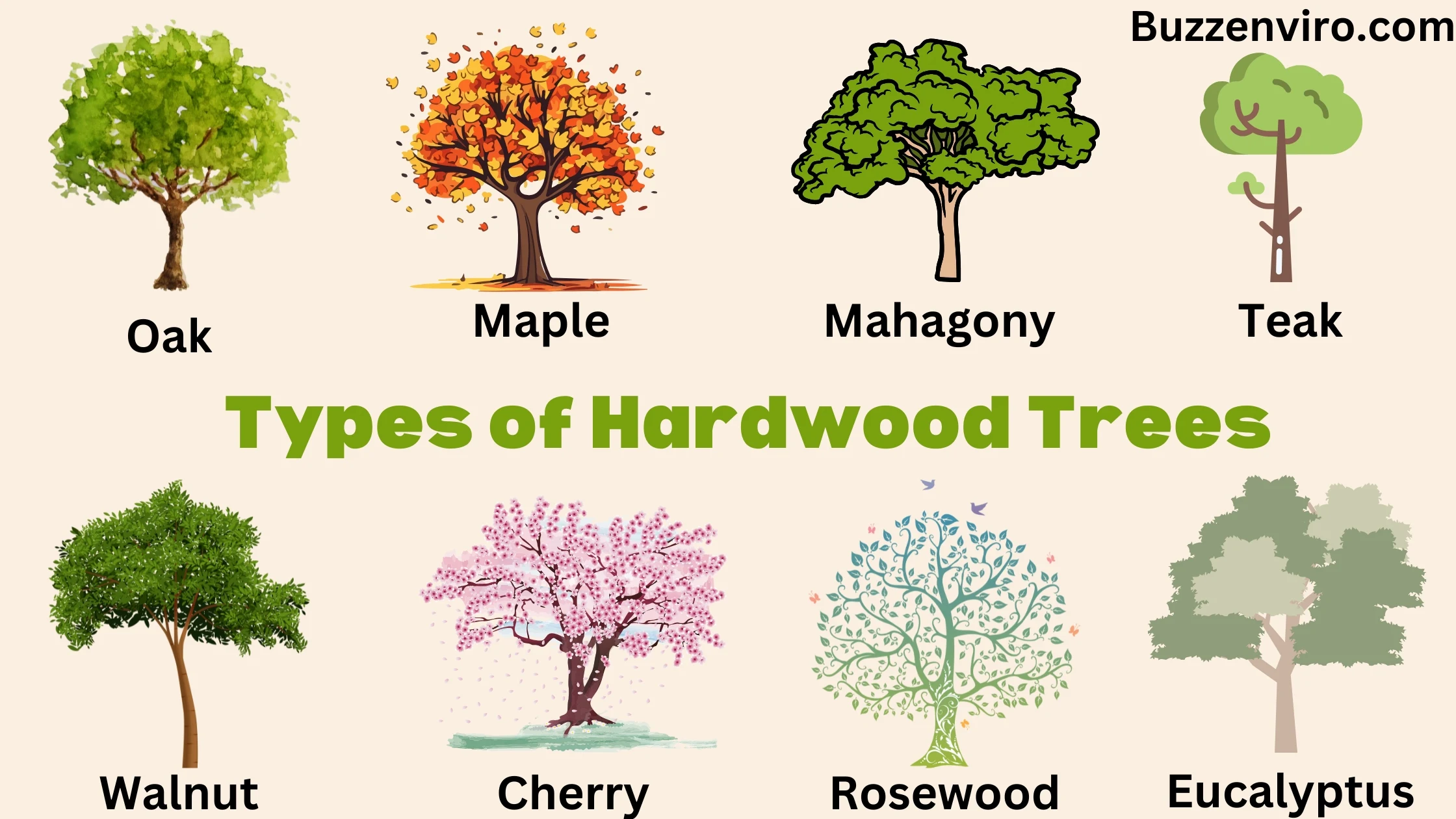Hardwood trees are an essential part of our ecosystem and play a significant role in industries such as construction, furniture making, and paper production. These trees are known for their dense wood, durability, and long lifespan. If you’re interested in learning more about hardwood trees, their types, and how they differ from softwood trees, this guide is for you.
What Are Hardwood Trees?
Hardwood trees, also known as wood trees or wood type trees, belong to the angiosperm category, meaning they produce seeds enclosed within a fruit. They are usually deciduous, shedding their leaves annually. Hardwood trees are slow-growing, making their wood denser and stronger compared to softwood trees.
Different Types of Hardwood Trees
There are numerous tree species that fall under the hardwood category. Here are some of the most popular types of hardwood trees:
1. Oak (Quercus spp.)
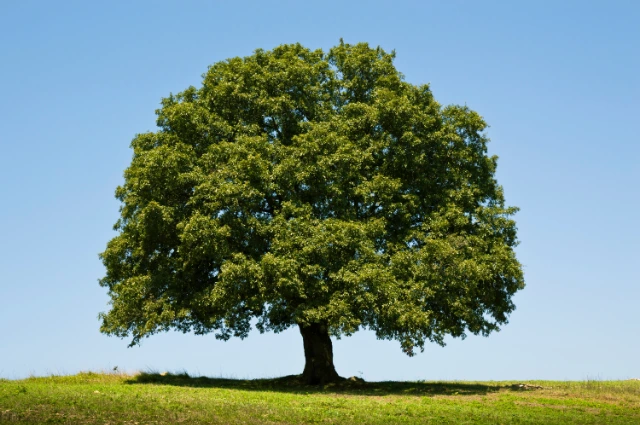
Oak trees are among the most common hardwood trees, prized for their strength and durability. Oak wood is used for flooring, furniture, and barrels for aging wine and whiskey. They are primarily found in North America, Europe, and parts of Asia.
2. Maple (Acer spp.)
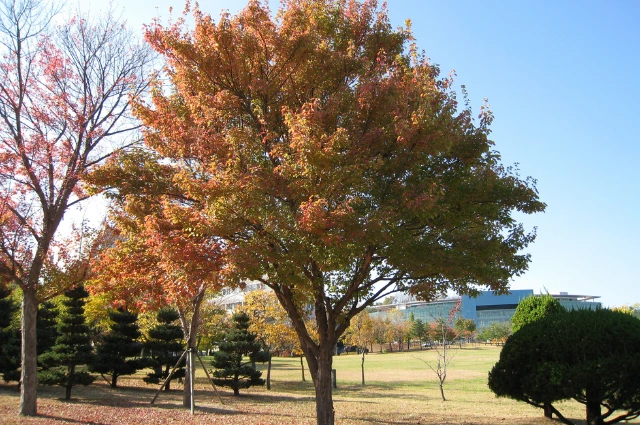
Maple trees produce hard and smooth wood, making them ideal for furniture, flooring, and musical instruments. They are also used in producing maple syrup. They are commonly found in temperate regions such as North America and Europe.
3. Mahogany (Swietenia spp.)
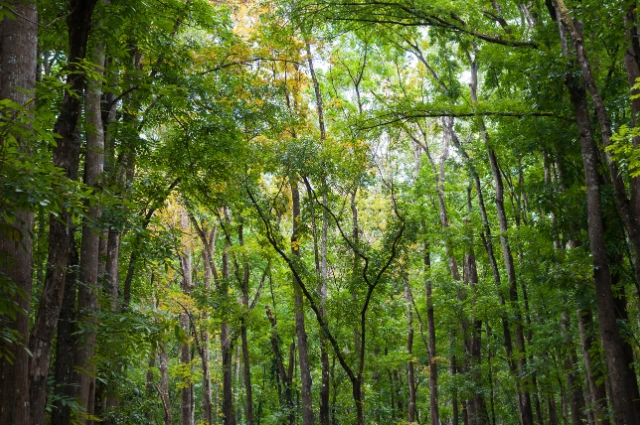
Mahogany is known for its reddish-brown color and is highly valued in the furniture industry. It is resistant to decay and insects, making it a preferred choice for high-quality wooden items. Mahogany trees grow in tropical regions such as Central and South America and Africa
4. Teak (Tectona grandis)
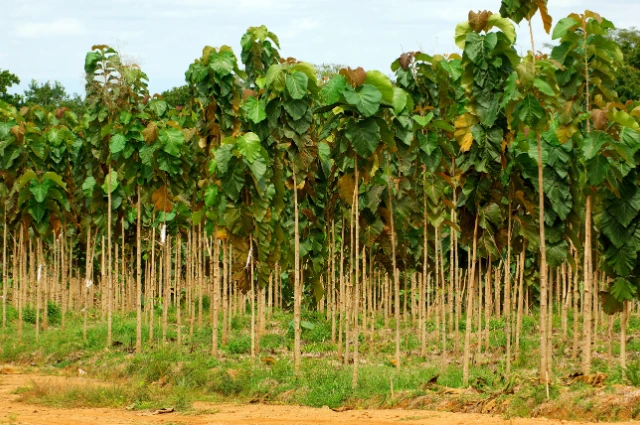
Teak is one of the most durable and water-resistant hardwoods. It is commonly used for outdoor furniture, boat decks, and flooring. Teak is mainly found in Southeast Asia, especially in India, Myanmar, and Thailand.
5. Walnut (Juglans spp.)
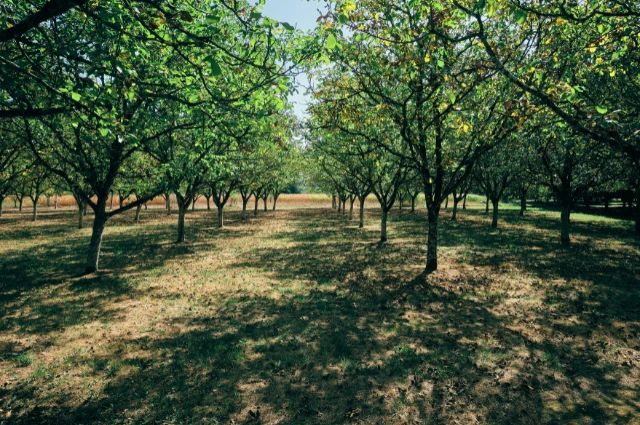
Walnut wood is dark, durable, and commonly used in crafting fine furniture, gunstocks, and musical instruments. Walnut trees are found in North America, Europe, and parts of Asia.
6. Cherry (Prunus spp.)
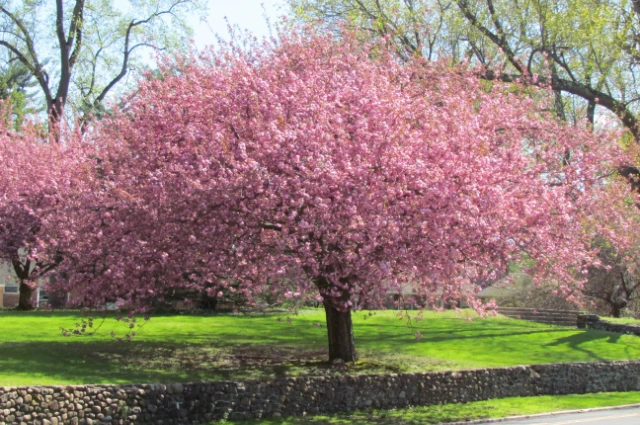
Cherry wood is known for its smooth grain and reddish hue, making it ideal for furniture, cabinets, and decorative woodwork. Cherry trees grow in temperate grasslands such as North America and Europe.
7. Rosewood (Dalbergia spp.)
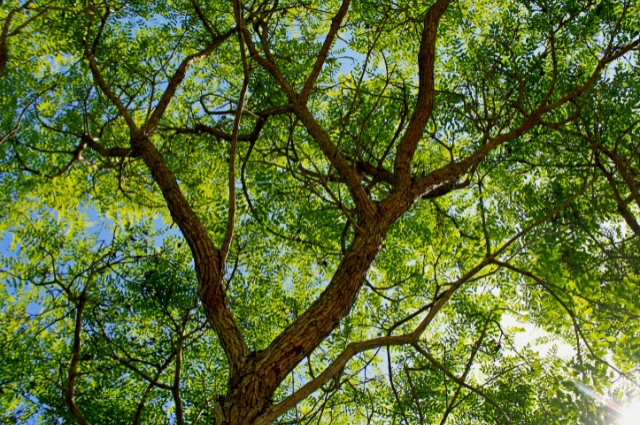
Rosewood is a valuable hardwood known for its rich color and sweet, floral fragrance. It is used for furniture, musical instruments, and luxury products. It is primarily found in Brazil, India, and Madagascar.
8. Eucalyptus (Eucalyptus spp.)
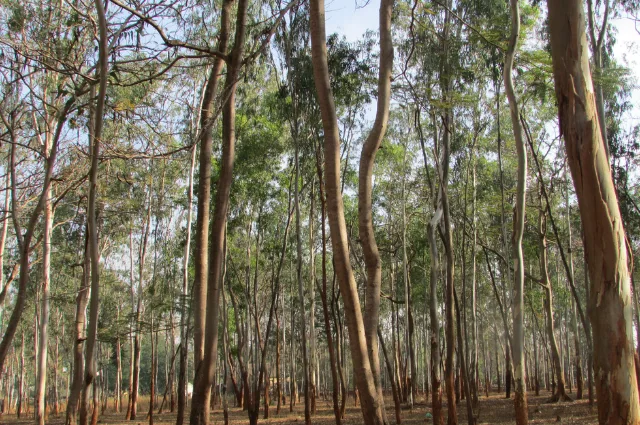
Eucalyptus trees are known for their rapid growth and aromatic leaves, which have medicinal properties. The wood is used for construction, paper production, and essential oils. These trees are native to Australia but are also found in Africa and South America.
What Are Softwood Trees?
Softwood trees belong to the gymnosperm category, meaning they do not produce flowers and their seeds are often exposed rather than enclosed in fruit. These trees are usually evergreen, retaining their needle-like or scale-like leaves throughout the year. Softwood trees grow faster than hardwood trees, making them more abundant and widely used in various industries.
Hardwood Trees vs. Softwood Trees: What’s the Difference?
A common question arises: what sets hardwood trees apart from softwood trees? Here are the key differences:
| Feature | Hardwood Trees | Softwood Trees |
| Botanical Category | Angiosperms | Gymnosperms |
| Leaf Type | Broad, flat leaves | Needle-like or scale-like leaves |
| Growth Rate | Slow-growing | Fast-growing |
| Density | Dense and hard | Less dense and soft |
| Shedding | Mostly deciduous (shed leaves annually) | Mostly evergreen (retain leaves year-round) |
| Uses | Furniture, flooring, high-end products | Paper, construction, general carpentry |
Softwood trees, such as pine, cedar, and fir, are more commonly used for general construction and paper production due to their faster growth and lighter weight.
Fragrance of Hardwood Trees
Many hardwood trees emit pleasant and distinctive fragrances. These aromas come from essential oils, leaves, flowers, or bark:
- Sandalwood (Santalum spp.) – Known for its rich, warm, and woody scent, sandalwood is used in perfumes, incense, and medicinal applications.
- Cedar (Cedrus spp.) – Produces a fresh, earthy fragrance, often used in closets and furniture to repel insects.
- Eucalyptus (Eucalyptus spp.) – Emits a strong, minty aroma, widely used in medicinal products and essential oils.
- Rosewood (Dalbergia spp.) – Offers a sweet, floral scent, making it a popular choice in luxury perfumes and furniture crafting.
- Cherry (Prunus spp.) – Has a subtle, sweet fragrance, especially when the wood is freshly cut.
Where Are Hardwood Trees Found?
Hardwood trees are distributed across various regions, depending on climate and soil conditions:
- Tropical Forests – Mahogany, teak, and rosewood thrive in tropical climates such as South America, Southeast Asia, and Africa.
- Temperate Forests – Oak, maple, and cherry trees are common in North America, Europe, and parts of Asia.
- Subtropical Regions – Eucalyptus and sandalwood grow well in Australia, India, and the Mediterranean region.
Ecological Importance of Hardwood Trees
Hardwood trees contribute significantly to the environment:
- Carbon Sequestration – They absorb carbon dioxide, helping mitigate climate change.
- Habitat for Wildlife – Provide food and shelter for birds, insects, and mammals.
- Soil Stabilization – Their deep root systems prevent soil erosion and maintain soil fertility.
- Air Purification – They filter pollutants and improve air quality.
Conclusion
Understanding hardwood trees and their unique properties can help in selecting the right type of wood for various purposes. Whether you are looking for durable furniture or strong construction materials, wood trees play an indispensable role in our daily lives. Additionally, knowing the differences between hardwood trees and softwood trees, their fragrance, habitats, and ecological importance will help you make informed decisions about wood selection based on strength, durability, and use.
If you’re interested in learning more about tree species, their benefits, and different types of wood trees, stay tuned for more insightful articles!
